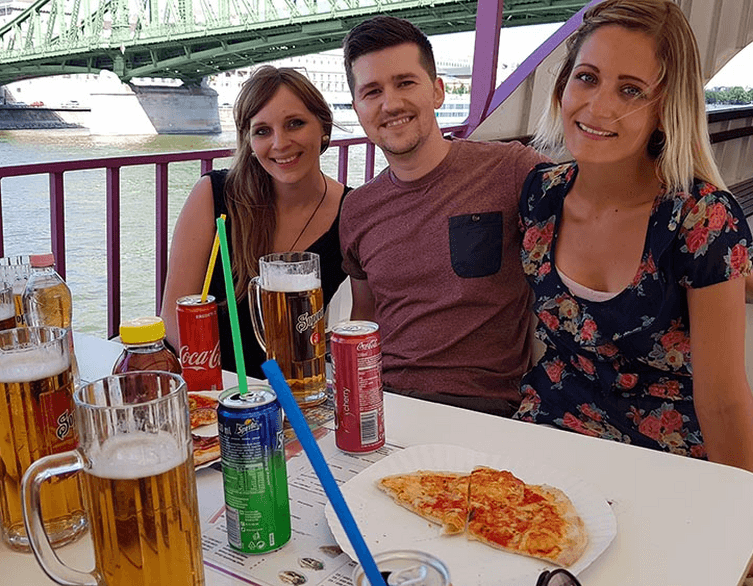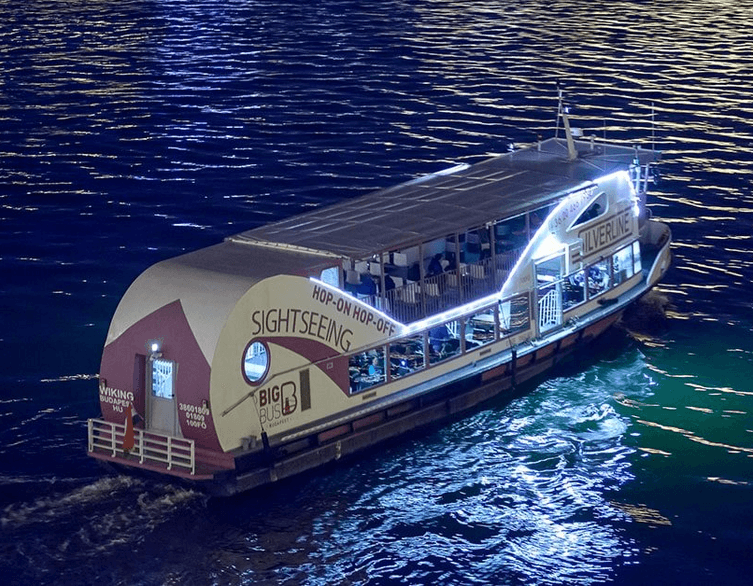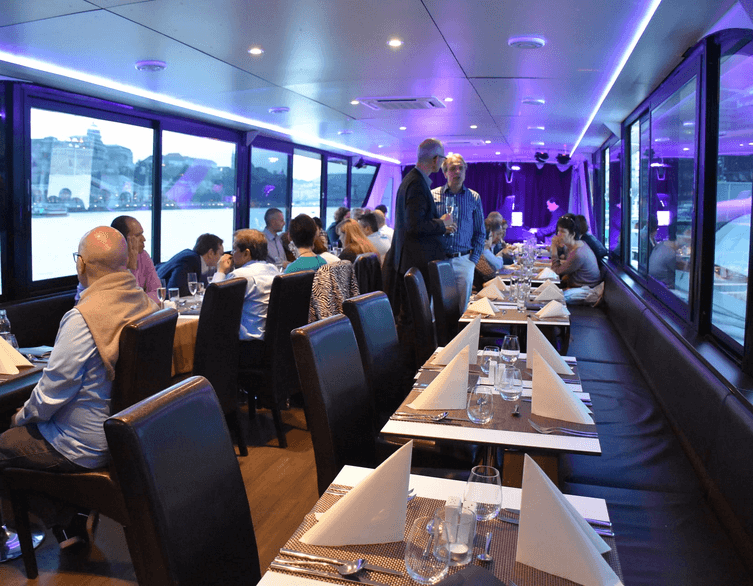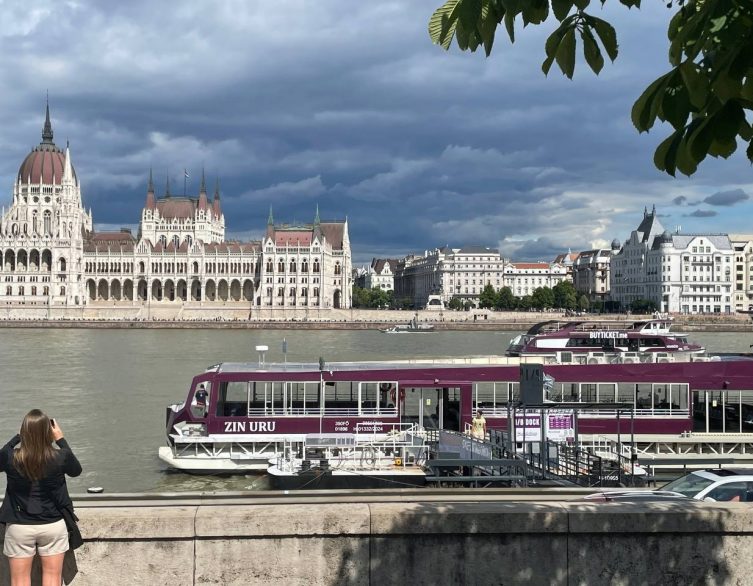Budapest Metro Line 4: A Decade of Innovation and Architectural Excellence
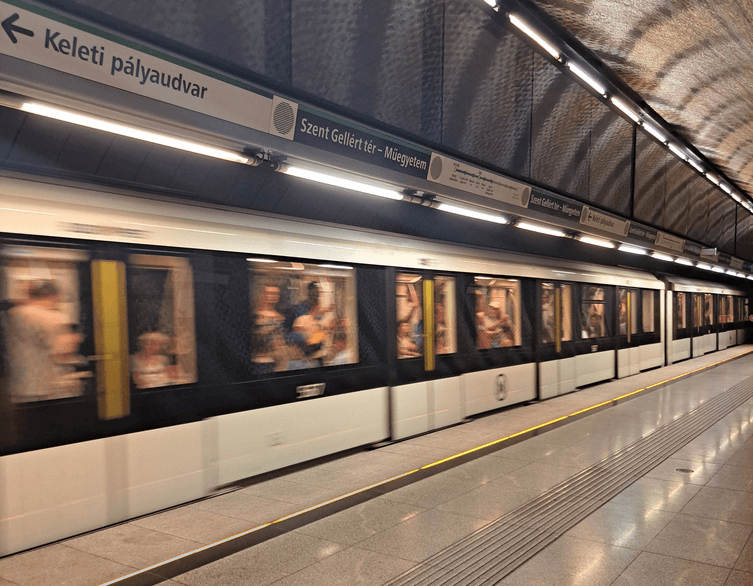
Budapest, a city renowned for its rich history, vibrant culture, and architectural marvels, added another jewel to its crown in 2014 with the inauguration of Metro Line 4. As the youngest addition to the city’s metro network, this line has not only revolutionized urban transportation but also become an emblem of modern Hungarian architecture. Celebrating its tenth anniversary in 2024, Metro Line 4 continues to captivate both locals and tourists with its innovative design and seamless functionality.
The Genesis of Metro Line 4
The idea for Metro Line 4 was first conceived in 1972 as part of Budapest’s urban development plans. The initial vision was ambitious, aiming to connect South Buda with Rákospalota, traversing key areas such as Kálvin tér and Astoria. However, financial constraints and shifting priorities delayed the project repeatedly. It wasn’t until 2004 that construction finally began, following decades of political debates and logistical challenges. The first phase of the line, stretching 7.4 kilometers between Kelenföld railway station in Buda and Keleti railway station in Pest, was completed in March 2014.
A Technological Milestone
Metro Line 4 is a trailblazer in Central Europe, being the region’s first fully automated metro line. Its Alstom Metropolis trains operate without drivers, relying on cutting-edge automated control systems for safety and efficiency. This innovation not only enhances operational reliability but also underscores Budapest’s commitment to integrating advanced technology into public infrastructure.
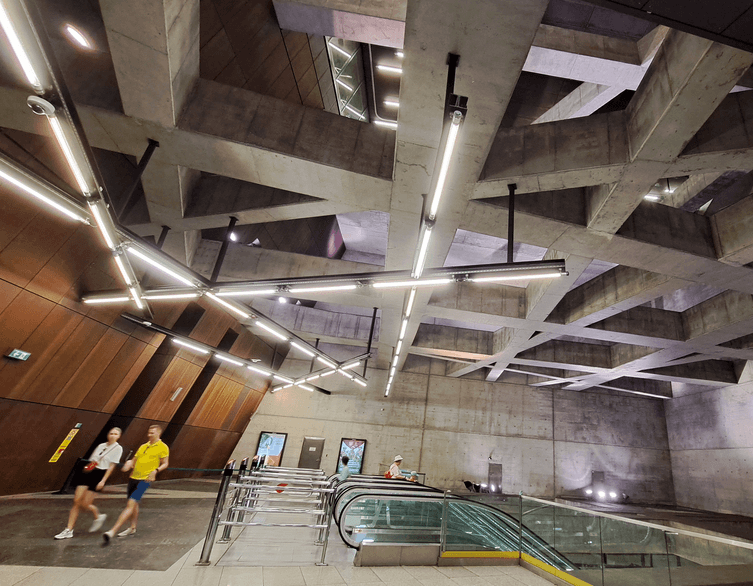
Photo by Cacor
The stations along the line are equipped with state-of-the-art facilities, including improved ventilation systems, passenger information displays, and full accessibility features. For instance, escalators are designed to assist visually impaired passengers by indicating their direction of movement through tactile signals. Additionally, natural light plays a significant role in station design; at Rákóczi tér station, sunlight is directed onto platform areas using movable mirrors programmed to follow the sun’s path.
Architectural Marvels Beneath the City
Metro Line 4 is not just a transportation system; it is an artistic journey through Budapest’s underground. Each of its ten stations showcases unique architectural elements that blend functionality with aesthetic brilliance. Designed by multiple architectural firms under the leadership of Palatium Stúdió Kft., the stations feature materials such as corten steel, glass mosaics, and exposed concrete. These elements create expansive spaces that feel both monumental and inviting.
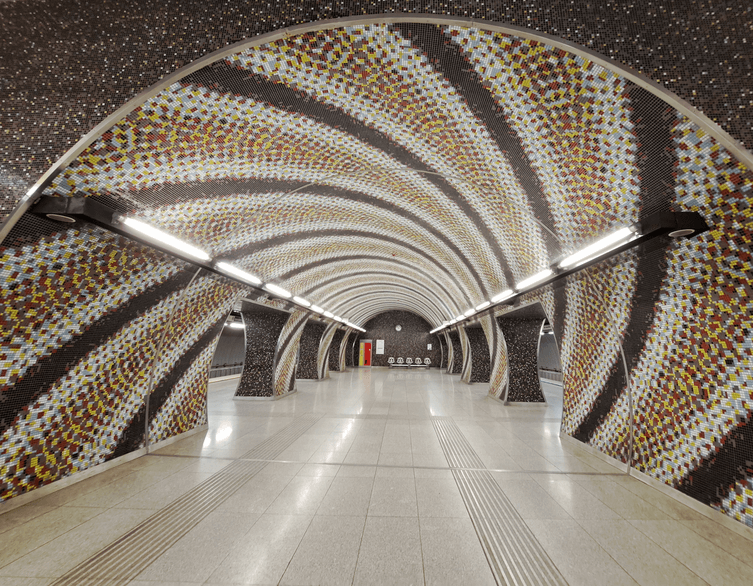
Photo by Cacor
The Szent Gellért tér and Fővám tér stations have garnered international acclaim for their innovative designs. In 2014, they won awards from Architizer.com for being among the best bus and railway stations globally. The intricate mosaics at Szent Gellért tér station were crafted by visual artist Tamás Komoróczky, while II. János Pál pápa tér station boasts a striking concrete sculpture by György Jovánovics. These artistic installations have transformed the metro stations into cultural landmarks that attract photographers, filmmakers, and design enthusiasts.
A Decade of Impact
Since its opening in 2014, Metro Line 4 has become an integral part of Budapest’s public transportation network. It connects two major railway hubs—Kelenföld and Keleti—while offering convenient transfers to other metro lines at Kálvin tér (Line M3) and Keleti pályaudvar (Line M2). The line operates at high frequencies during peak hours, ensuring swift travel across the city.
Best deals of Budapest
Despite initial criticisms regarding its cost and route alignment, Metro Line 4 has proven its worth by significantly reducing travel times between Buda and Pest. It serves approximately 185,000-195,000 passengers daily, making it a vital artery for commuters. Moreover, its influence extends beyond transportation; the surrounding areas have witnessed urban revitalization projects that include new parks and pedestrian zones.
Films Produced in Budapest Metro Line 4
Budapest Metro Line 4, with its unique architectural design and futuristic ambiance, has become a popular filming location for major international productions. Its spacious, light-filled stations and use of materials like mosaics, glass, corten steel, and exposed concrete provide a visually striking backdrop that has drawn the attention of filmmakers worldwide.
Several notable films and series have been shot in the facilities of Metro Line 4. The 2018 spy comedy The Spy Who Dumped Me, starring Mila Kunis and Kate McKinnon, used the metro’s modern stations as part of its European setting. Similarly, Red Sparrow (2018), a thriller starring Jennifer Lawrence, included scenes filmed in Budapest’s metro system, likely taking advantage of Line 4’s contemporary aesthetic. Another production, 47 Ronin 2, also utilized the line’s facilities to capture its unique atmosphere. Additionally, the TV series Berlin Station and Fallen incorporated Metro Line 4 into their filming locations.
These productions highlight the metro line’s appeal as a versatile and cinematic space. For visitors to Budapest, exploring Metro Line 4 offers not only a glimpse into modern Hungarian design but also an opportunity to experience locations featured in globally recognized films and series.
Challenges and Future Prospects
The construction of Metro Line 4 was not without challenges. The project faced delays due to technical difficulties and financial disputes. Tragically, two workers lost their lives during construction—a somber reminder of the risks involved in such large-scale endeavors. Additionally, plans to extend the line eastward to Bosnyák tér or westward to Gazdagrét remain unfunded as of now.
Despite these hurdles, the future of Metro Line 4 holds promise. Discussions about potential extensions continue to surface as Budapest seeks ways to enhance connectivity further. Meanwhile, the existing line remains a testament to what can be achieved through perseverance and innovation.
Why Tourists Should Explore Metro Line 4
For foreign visitors exploring Budapest, Metro Line 4 offers more than just convenience—it provides an immersive experience into contemporary Hungarian design and engineering excellence. Whether you’re traveling between iconic landmarks or simply admiring the artistic details at each station, this metro line is a journey worth taking.
From its automated trains to award-winning architecture, Metro Line 4 encapsulates Budapest’s dynamic spirit—a city where tradition meets modernity seamlessly. As it enters its second decade of operation, this remarkable metro line continues to inspire awe among all who traverse its tracks.
Related events






